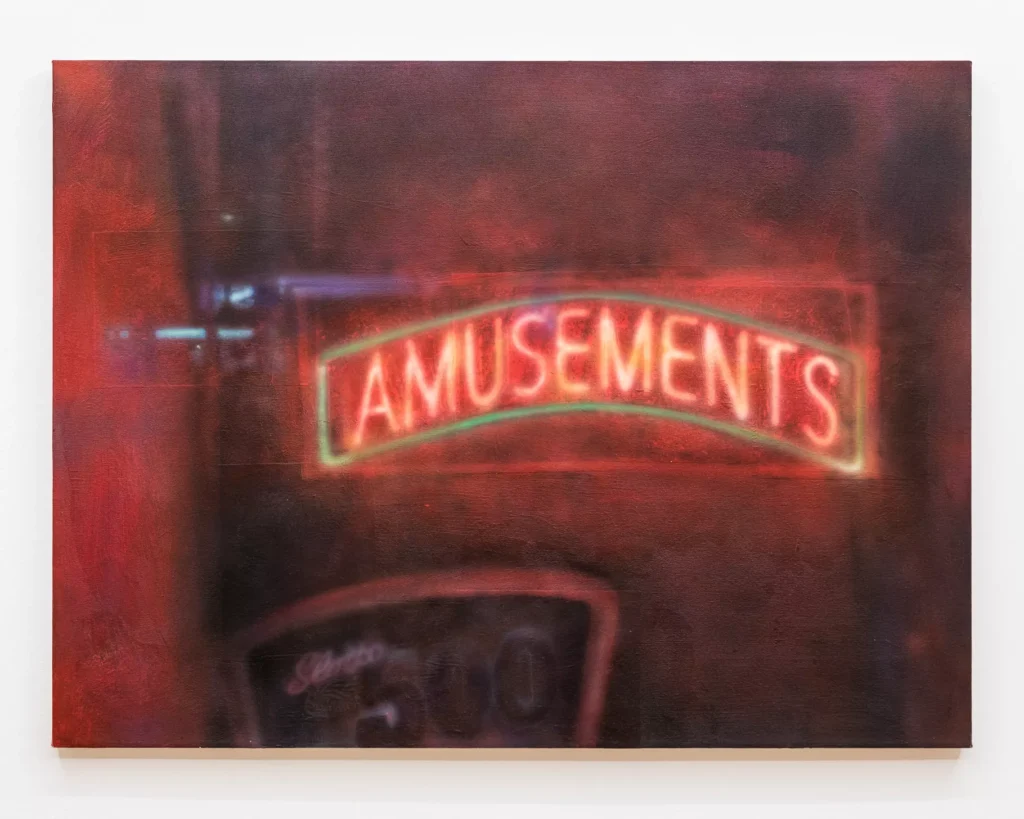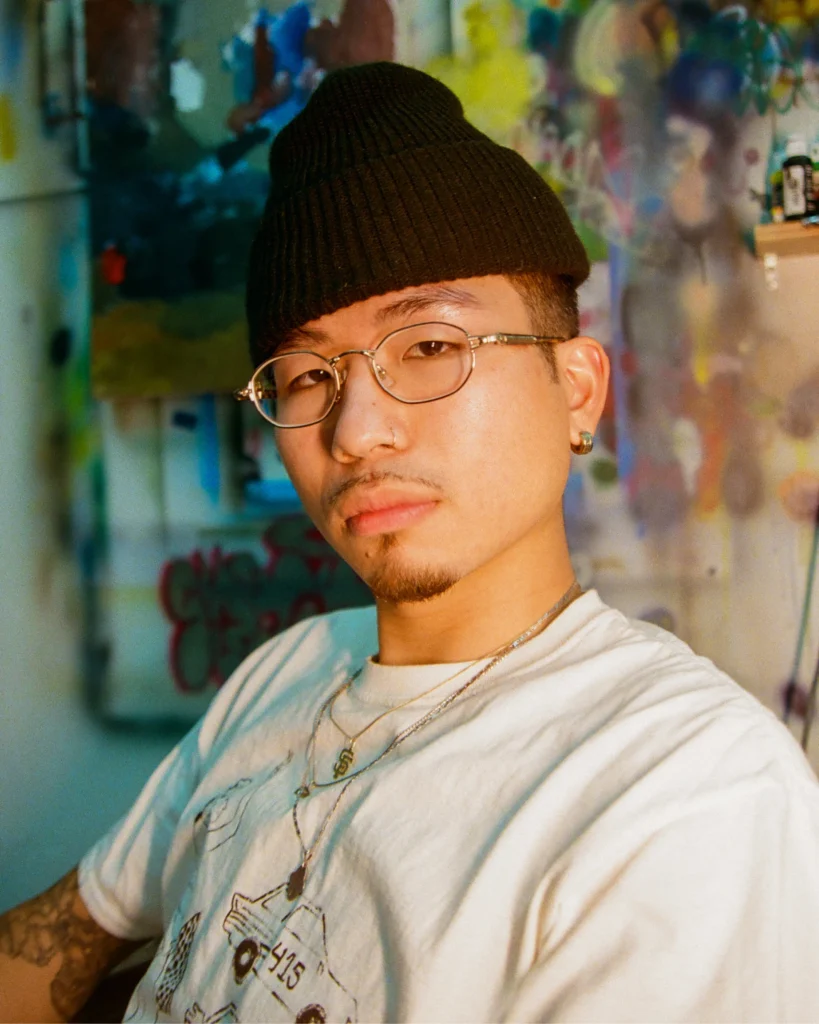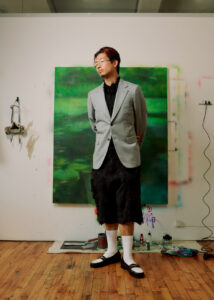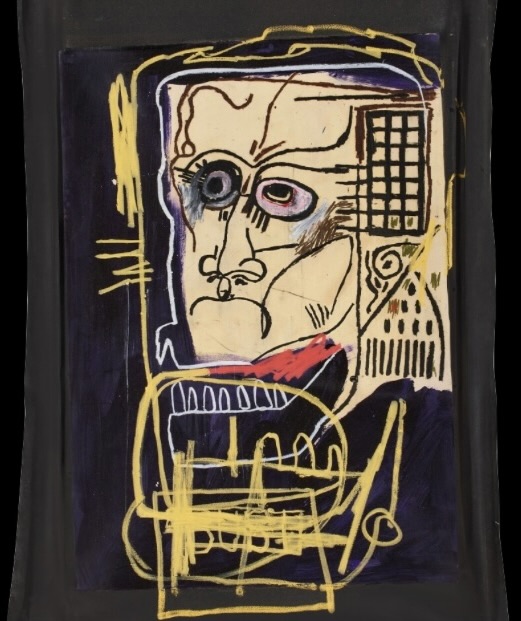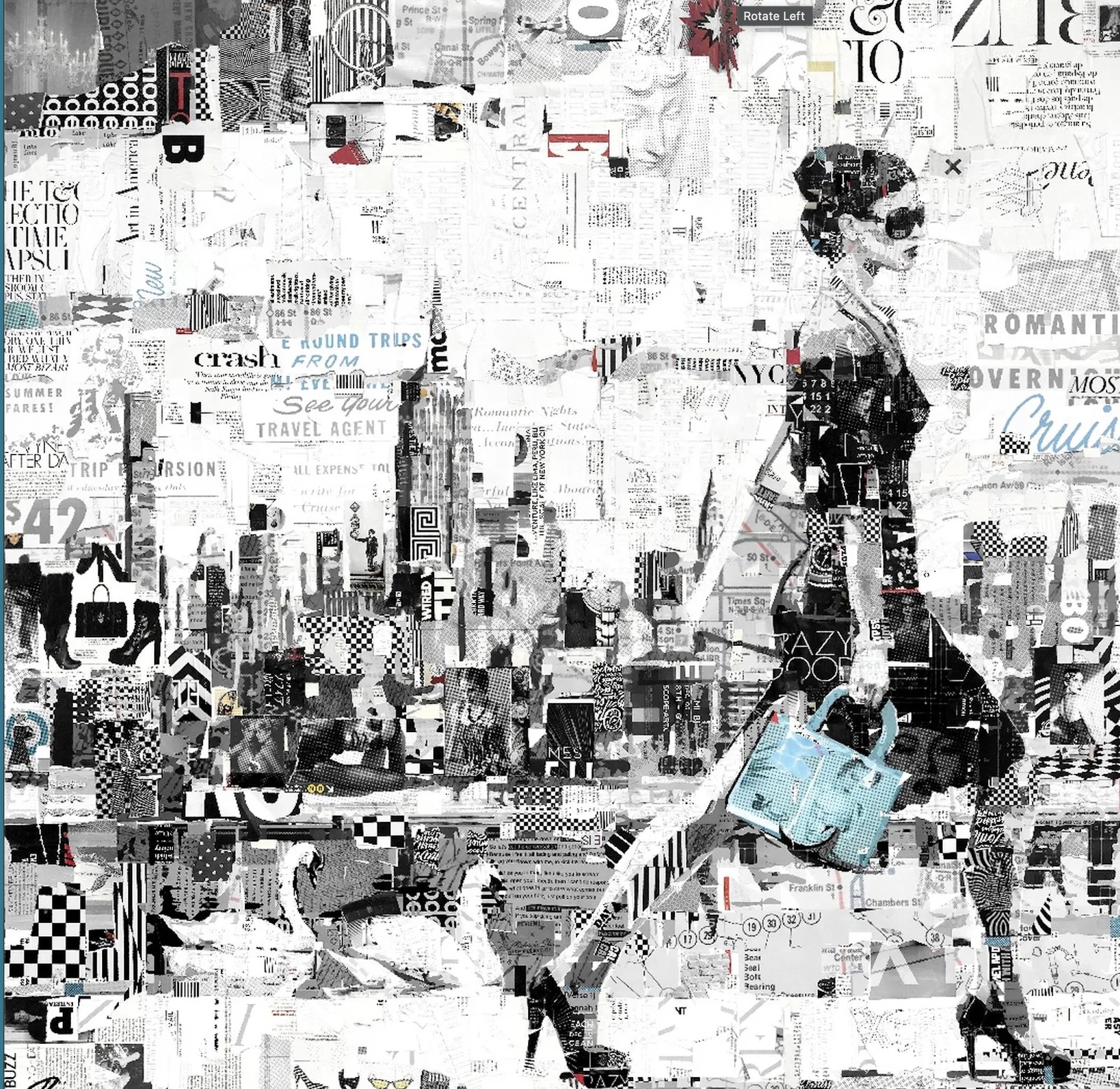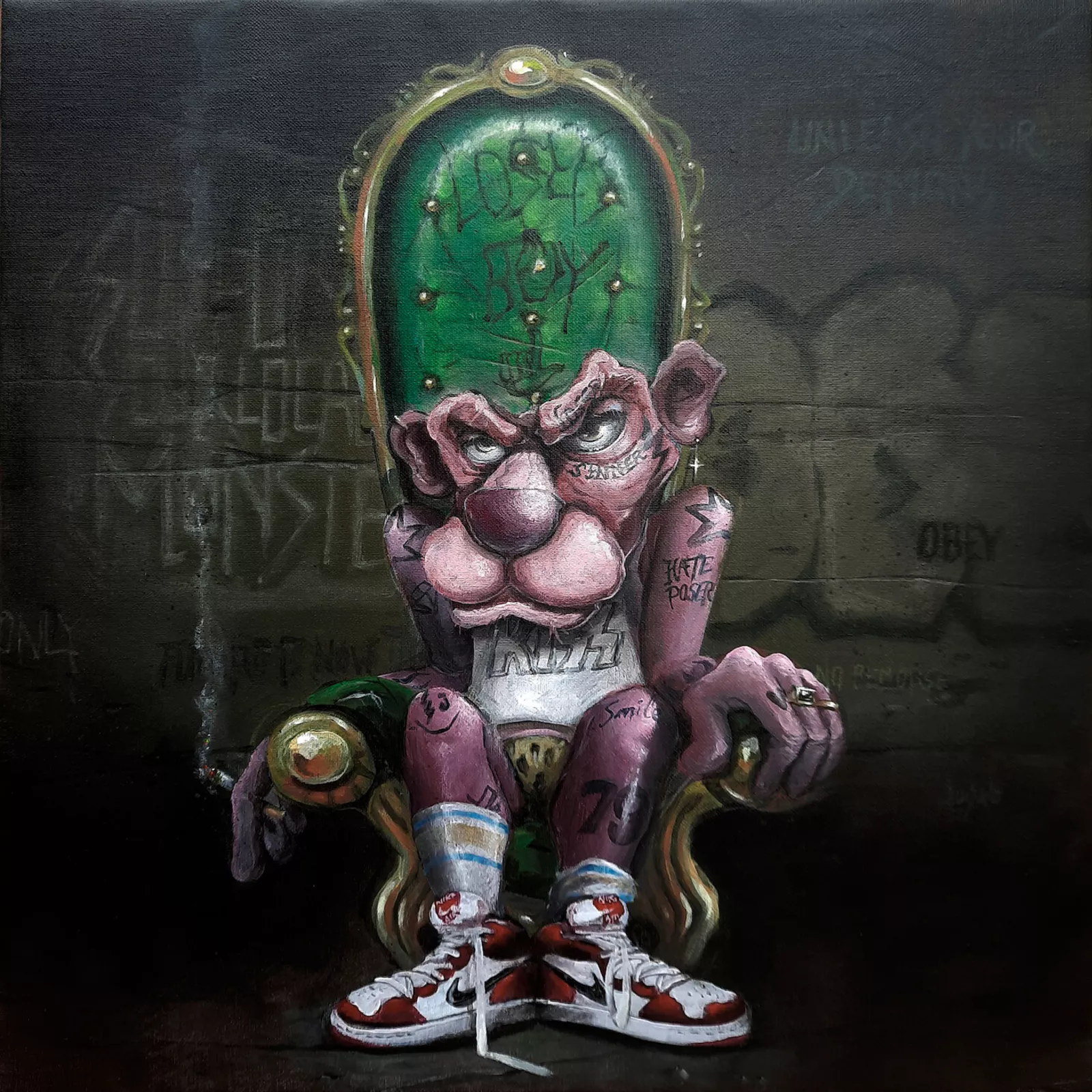Leon Xu belongs to a generation of painters who translate the indistinct rhythms of memory into quiet, atmospheric forms. Born in Zhongshan, China, in 1995 and raised in San Francisco, Xu’s artistic language is rooted in migration—between cultures, between sensations, between what is seen and what is felt. Now based in New York, he continues to expand a practice that captures the subtle instability of recollection: the way an image shifts each time it resurfaces in our minds.
Xu’s paintings resist narrative closure. Instead, they hover in liminal spaces, offering glimpses that feel familiar yet elusive. They might depict a flicker of light across a windshield, the warmth of a streetlamp against a damp wall, or the faint memory of a figure passing by. These motifs arrive not as concrete records but as emotional residues, drawn from a mind attempting to reconstruct what has already faded. “I’m interested in how memory distorts reality,” he once remarked, “in how we re-experience something that might never have happened exactly that way.”
layers of light
Educated at the University of Pennsylvania, where he earned his BFA in 2019, and the Pennsylvania Academy of the Fine Arts, Xu learned to translate emotional states into material form. His process involves both restraint and accumulation—delicate layers of pigment that veil and reveal in turn. The surfaces of his paintings carry an ambient quality, an almost cinematic haze that pulls the viewer into a contemplative distance.
Light operates as a central metaphor. It is both subject and medium, a tool of transformation. Either emanating from neon signs, reflective glass, or soft natural glow, light in Xu’s work serves as the connective tissue between the tangible and the remembered. It becomes the mechanism through which time collapses—each brushstroke tracing the ghost of something that once was, or could have been.
This sensitivity to perception and transience gives his paintings their distinctly emotional charge. They are not loud in gesture, but they linger. The more one looks, the more the scene dissolves into atmosphere, as if the act of observation itself alters the memory being portrayed.
between the real
Xu’s practice often begins with photography. He captures fleeting impressions—reflections in puddles, windowpanes at dusk, fragments of urban light—and revisits them later in the studio. Yet the final work rarely resembles the photograph. The process of painting becomes an act of erasure as much as depiction, translating immediacy into distance. The result is an image suspended between the real and the remembered, rich with ambiguity.
Critics have described his paintings as “hazy portals” or “dream fragments.” Yet Xu resists romantic nostalgia. His vision is more contemporary, attuned to the digital saturation of modern life, where images circulate faster than we can internalize them. He paints as if to slow that circulation down—to reintroduce vulnerability and slowness into a visual culture obsessed with clarity.
This tension between disappearance and revelation anchors much of his recent output. In works like The Kindest Heart That Forever Touched Mine (I Miss You Dearly) (2022), held in the Burger Collection, Xu turns soft tonal shifts into an architecture of emotion. The painting is a whisper rather than a declaration, relying on subtle chromatic harmonies to evoke longing without sentimentality.
a language of diffusion
In interviews, Xu has spoken about pursuing “that tint of whatever”—the trace color that lingers after the light has changed, a mood that resists precise naming. His palette, often composed of mauves, greys, pale greens, and diffused yellows, suggests an attempt to visualize that very sensation: the emotional residue of perception.
This idea of diffusion extends to his technique. Xu frequently employs airbrushing alongside traditional brushwork, creating gradients that dissolve the boundary between object and background. These surfaces shimmer between figuration and abstraction, echoing the instability of memory itself. Each painting operates as a slow burn, a visual aftertaste that deepens upon revisiting.
His images can appear deceptively calm. But beneath their serenity lies a quiet unease—a recognition that clarity is fleeting. This philosophy has led many to draw parallels between Xu’s work and cinematic impressionism, or the fragmented poetics of artists such as Vija Celmins and Peter Doig, who likewise engage with the mutable nature of vision.
exhibitions and momentum
Since his first solo exhibition in Philadelphia in 2019, Xu’s career has expanded across major cities and galleries. His early shows, Butterfly Kisses (2021) at Helena Anrather, New York, and Handle With Care (2022) at Whaam! in London, introduced a growing vocabulary of tenderness and restraint. These were followed by Wishful Thinking (2022) and Afterglow (2025) at Mai 36 Galerie in Zürich, both of which solidified his international presence.
At Afterglow, Xu deepened his exploration of light and distance, creating works that hovered between dawn and dusk, hope and melancholy. The exhibition title itself hinted at something left behind—what remains after the brightness fades. Critics praised the show for its “painterly patience,” noting how each canvas seemed to balance on the edge of visibility.
He has also participated in group shows at Art Basel Miami Beach, the West Bund Art Fair in Shanghai, and the exhibition Threads at Mai 36 Galerie, Zürich. These contexts place him within a global conversation about painting’s renewed intimacy—an antidote to the overexposure of digital imagery.
impression
Xu’s latest projects continue to engage with the metaphysics of light and memory. His 2025 commission Light Caustic—a meditation on refracted illumination—extended his practice beyond the canvas, exploring how light behaves as a spatial and psychological phenomenon.
Still, at the core of his work remains a deeply human concern: how to hold onto the ephemeral. Xu paints not to preserve moments, but to honor their disappearance. His images are less about documentation than about empathy—the effort to meet the past halfway, to let its blur speak for itself.
Standing before one of his paintings, the viewer senses both proximity and loss: the intimacy of recognition, and the awareness that it will fade the moment one turns away. In this delicate balance, Leon Xu has found his enduring voice—a painter of half-remembered light, of tender distances, and of the infinite echoes between seeing and feeling.
No comments yet.

